India’s student-built SD Sat to carry copy of Bhagwad Gita to space
This indigenously designed and developed miniature spacecraft is meant to test the capabilities of LoRa (Long range) technology in space, which could prove helpful for many applications in the future in short and M2M (machine-to-machine) communication. LoRa is a long-range, low-power wireless radio frequency technology that has become a common platform for the Internet of Things (IoT) networks worldwide.
- This indigenously designed and developed miniature spacecraft is meant to test the capabilities of LoRa (Long range) technology in space.
- LoRa is a long-range, low-power wireless radio frequency technology that has become a common platform for the Internet of Things (IoT) networks worldwide.
Trending Photos
)
Chennai: Among the passengers of the Indian Space Research Organization’s PSLV C51 rocket, slated for a February 28 launch, will be a small satellite built by a team of Indian students. Satish Dhawan Satellite (SDSat), a 30x10x10cm cuboid, is an experimental communication satellite built by Chennai-based SpaceKidz India.
This indigenously designed and developed miniature spacecraft is meant to test the capabilities of LoRa (Long range) technology in space, which could prove helpful for many applications in the future in short and M2M (machine-to-machine) communication. LoRa is a long-range, low-power wireless radio frequency technology that has become a common platform for the Internet of Things (IoT) networks worldwide.
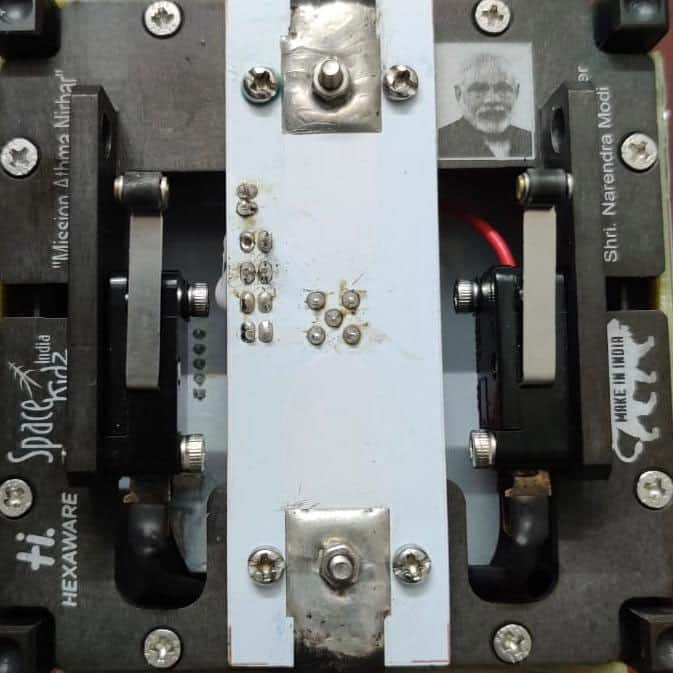
According to Dr Srimathy Kesan, Founder and CEO of SpaceKidz India, this satellite is their most ambitious yet. It is important to note that, SpaceKidz earlier satellites were maintained in orbit onboard PS4 (final and fourth stage) of the PSLV rocket for up to six months after launch. But SD Sat would be directly launched into orbit, remain there on its own and is expected to have a mission life of two years.
Besides its scientific payloads, the satellite will also carry the names of 25,000 common people and the Bhagwad Gita to space. “People, irrespective of differences follow the principles of the Gita, like ‘do your duty and leave the rest to the Almighty’ and ‘oneness is the highest form of humanity’ among others. Awe wanted to give this scripture the highest honour and we have stored it on the flash drive that is going to space” Dr Kesan told Zee Media.
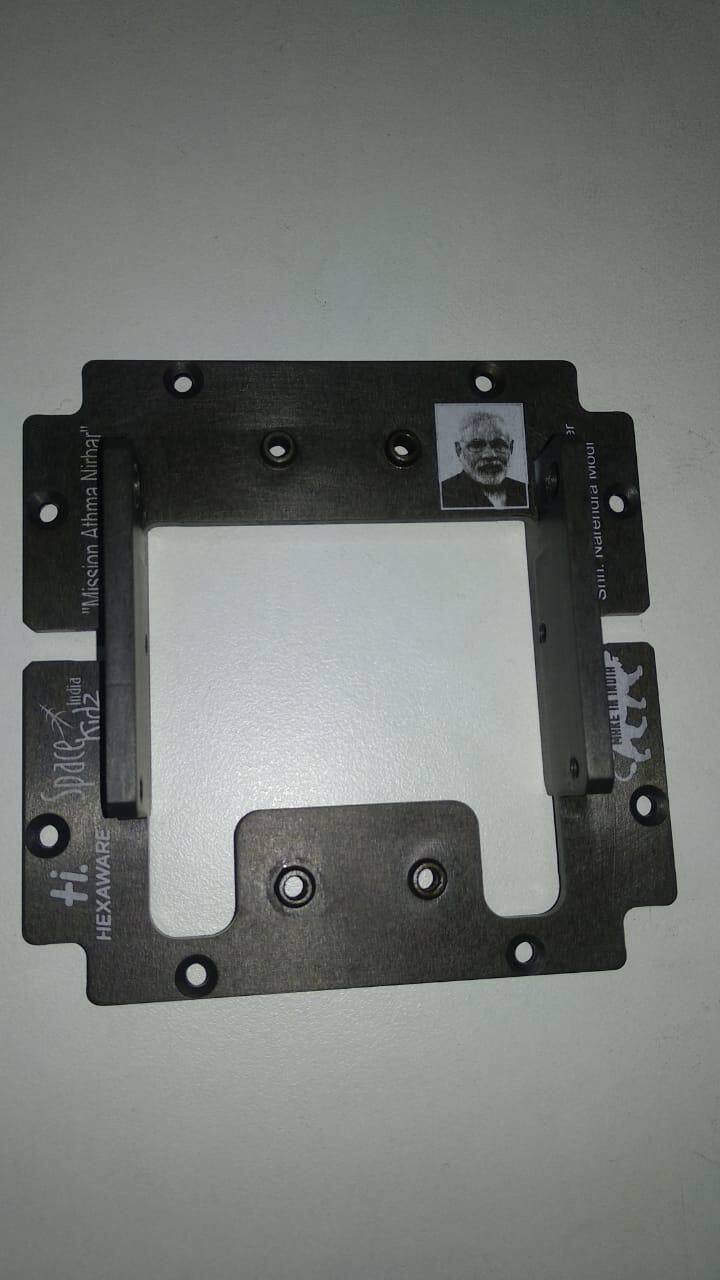
While their satellite would be primarily using Frequency-shift keying (FSK) to transmit data back to earth, LoRa would be the secondary. Experimenting with LoRa would help them study the feasibility of using LoRa in ground communications for industrial purposes.
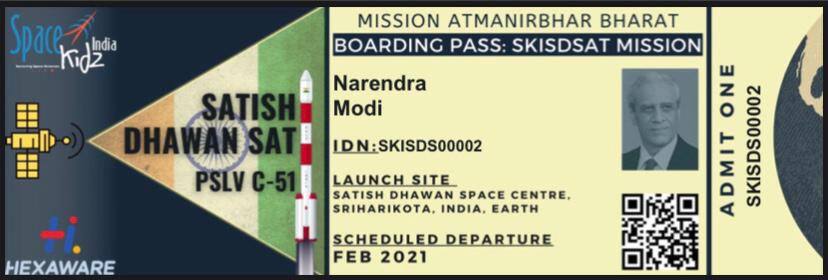
When asked about the idea of sending names of common people to space, she said it was an initiative to create awareness, generate curiosity and to get more people fascinated about space science, which many still perceive as inaccessible. Some schools had sent the entire name list of the students to be carried on-board, she added.
As a goodwill gesture, SpaceKidz team had also shared a similar Boarding pass with India’s Prime Minister Narendra Modi, when they had virtually interacted with in the recent past. The satellite will also carry a picture of prime Minister Narendra Modi and the Make in India lion logo.
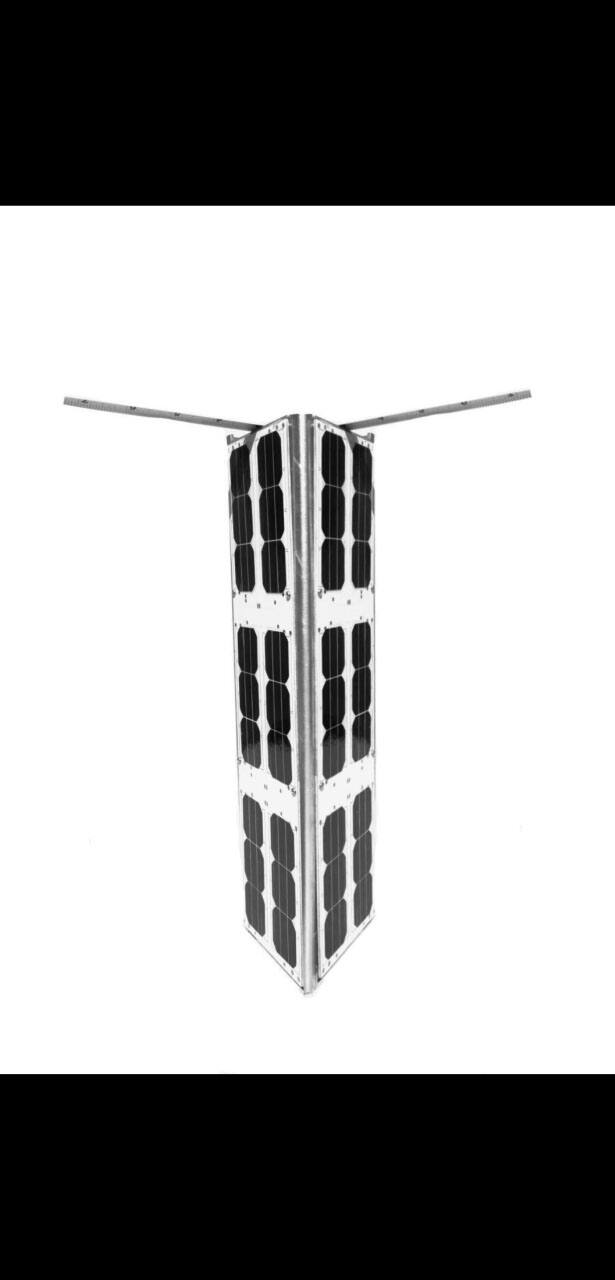
SD Sat is currently being integrated into the payload bay of the PSLV rocket, which is being prepped for launch at India’s spaceport Satish Dhawan Space Centre in Sriharikota, Andhra Pradesh.
Stay informed on all the latest news, real-time breaking news updates, and follow all the important headlines in india news and world News on Zee News.
Live Tv



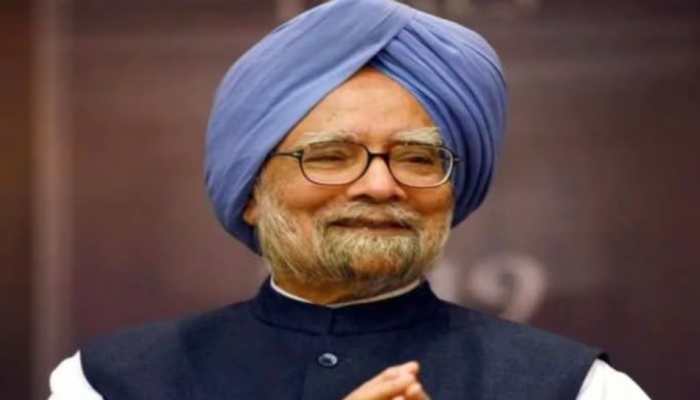


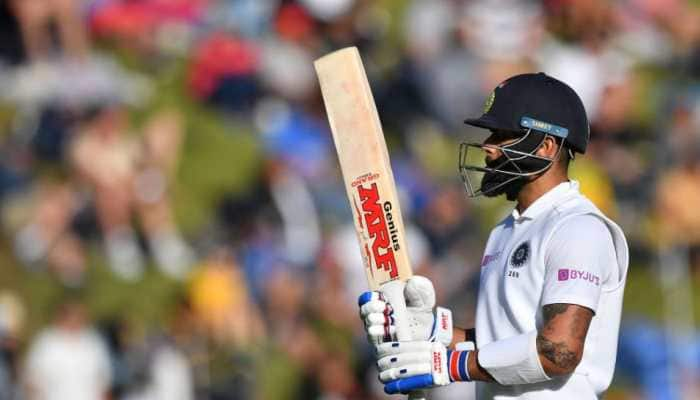
)
)
)
)
)
)
)
)
)
)
